How to Talk with Your Child About COVID-19:

- Check out FAQs from trustworthy sources: (English, Spanish, Vietnamese, Simplified Chinese, Traditional Chinese, Korea, Tagalog, Arabic, Farsi, Cambodian, Russian, Japanese)
- Prepare before talking to your kids about COVID 19: Talking to Your Kids About the Coronavirus; (English and Spanish) and Talking to Children about COVID-19 (English and Spanish)
- Use age-appropriate language: Talking with Children: Tips for Caregivers, Parents and Teachers During Infectious Disease Outbreaks
- Provide information via a children’s comic: Just for Kids: A Comic Exploring the New Coronavirus (available at this link in Chinese, Spanish, Braille, Finnish, Bahasa Indonesia, and Italian), or watch a video together: Answering Kids’ Questions about Coronavirus
Managing Adult and Child Worry or Anxiety about COVID-19:

- Practice de-stress techniques that will benefit you and your kids: How You and Your Kids Can De-Stress During Coronavirus
- Take proactive measures to address stress, such as limiting access to news about COVID-19 for yourself and for your child: Mental Health and Coping During COVID-19
- Consult a trusted guide for more specific concerns: COVID-19 (Coronavirus) Information and Resources, or keep this list of tips on the fridge: Parenting During COVID-19
- Seek additional support via text: Crisis Text Line
- If you are sheltering in place with someone who abuses you, remember that there is help: Staying Safe During COVID-19 (or: call 1-800-799-7233 or text LOVEIS to 22522 for English or Spanish).
- Read about more ways to stay calm or calm down: 50 Calm-Down Ideas to Try with Kids of All Ages, and parenting young children while practicing self-care: Young Children at Home during the COVID-19 Outbreak: The Importance of Self-Care
- Taking care of others can be a great way to stay connected and relieve stress. Some ideas include making art for older adults in your life, writing letters to neighbors or teachers, and learning about helpers in history, (some examples are Harriet Tubman, Florence Nightingale, Winona Laduke, and Kam Wah Chung).
Structuring Time at Home:

- Create and maintain a schedule: Sample Schedules For Kids Home From School During Coronavirus Outbreak | HuffPost Canada Parents
- Clarify what rules apply: house rules or school rules. If there are additional expectations, make those clear as well, (example: Please don’t interrupt me while I'm on the phone, but you can interrupt me while I'm typing emails.)
- Remember that during the Shelter-in-Place Order, (available in English, Spanish, and Traditional Chinese), walking, hiking and running while practicing social distancing are allowed!
- Contact your students’ teachers or district to access school-specific online learning programs and educational materials, and remember, teachers are still working during this time.
Virtual Learning:

- Look into free K-12 Learning Materials from Scholastic: Scholastic Learn at Home (English and Spanish)
- Check out a documentary together: 10 Documentaries to Watch with Kids this Summer
- Play a developmentally-appropriate math game: We Are Teachers - Math Card Games
- Attend a virtual story-time with a public library: Brooklyn Public Library Calendar
- Explore science: Mystery Science
- Check out Bay Area-specific, learning-at-home resources from KQED: Learn-at-Home Resources During the COVID-19 Pandemic
- Utilize Public Broadcasting Service’s large free library of videos and interactive lessons, organized by subject area and grade level: PBS Learning Media
- Use this document of shared resources for virtual learning in emergency school closure that was co-authored by educators from around the world, and organizes most of its resources according to age categories.
- Assign an age appropriate writing prompt: 50 Writing Prompts for Elementary School Children
- Get inspired by this homeschool curriculum for 2-7 year-olds with Other Goose, or consider ways to help middle and high school kids stay engaged: Home-Schooling Tweens and Teens During Coronavirus Closings
Arts and Activities:

- Complete a drawing tutorial on YouTube with Art for Kids Hub, or art projects organized by grade level with Free Art Projects
- There are also hands-on teacher created activities: Best Hands-On Activities for Families (Teacher Approved!)
- Go on a virtual field trip: Virtual Field Trip List; Visit the zoo: San Diego Zoo for Kids or the aquarium: Monterey Bay Aquarium Live Cams
- Plug into a kid-friendly podcast: Podcasts for Kids
- Bake easy things: 20 Easy Baking Recipes for Kids to Start With!
- Make playdough: How to Make Playdough Recipe
- Interview a grandparent or family member via facetime and write what they learned; make a family tree; or, write a letter to a cousin, religious leader, or teacher!
- Find activities for toddlers: Busy Toddler
Movement:

- GoNoodle offers a wide range of activities that appeal to kids of differing ages, interests, and abilities: GoNoodle
- Just Dance!: Just Dance on YouTube
- Stretch with some yoga: Cosmic Dance
- And don’t underestimate the power of some time outside: Top 5 Benefits of Children Playing Outside. Build in time to take a walk or visit a park during the structure of your day!
Final Thoughts:
Remember that these are extraordinary times and there is no “right” way through this situation. We encourage you to do what feels best for your family, whatever makes sense for your children and their unique selves, and to make space for the things that support your family’s mental and emotional health.


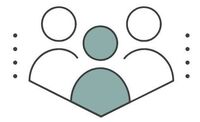




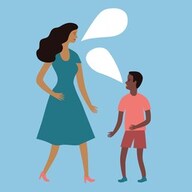



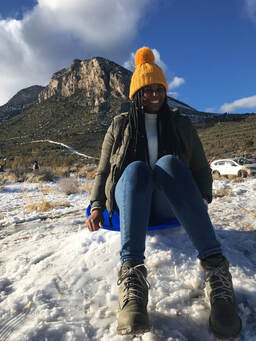








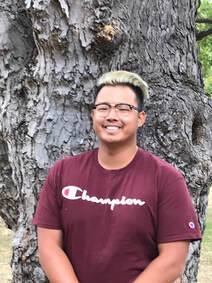

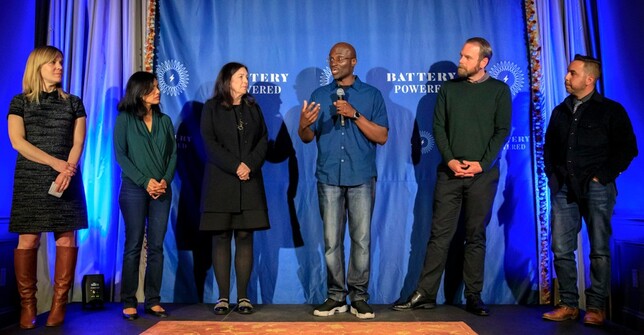
 RSS Feed
RSS Feed